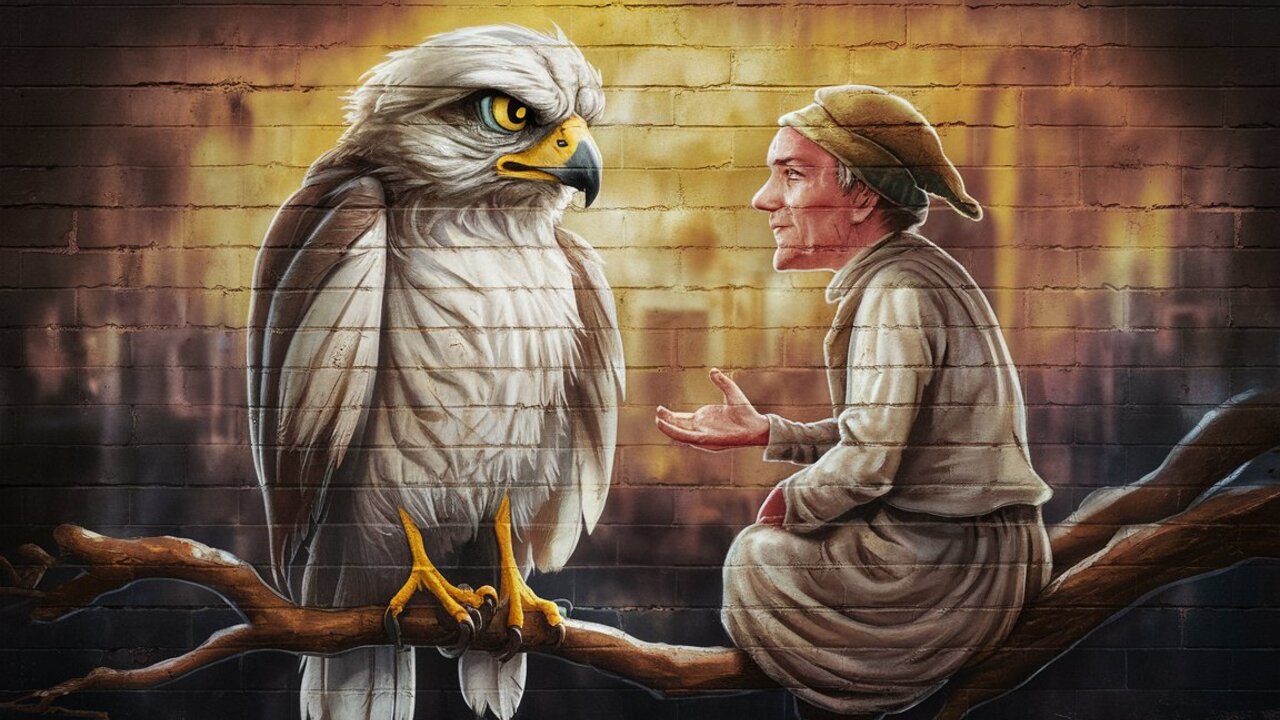The study, published in the Proceedings of the National Academy of Sciences, tracked 142 hawks for 15 years using GPS data and revealed how their movements and social patterns changed with age.
Young representatives are distinguished by “research activity”; they often change their overnight stays and social circles. However, by middle age they begin to prefer permanent roosting sites and develop routine movement patterns.
Scientists note that this change reflects the common human tendency to seek stability and familiarity as we age.
The study also found that older hawks had a smaller and more selective circle of “close friends” and socialized less outside this core circle. This contrasted with their younger counterparts, who were more outgoing and adventurous.
Source: Ferra
I am a professional journalist and content creator with extensive experience writing for news websites. I currently work as an author at Gadget Onus, where I specialize in covering hot news topics. My written pieces have been published on some of the biggest media outlets around the world, including The Guardian and BBC News.












